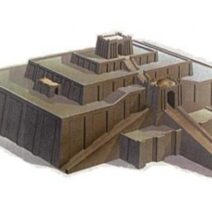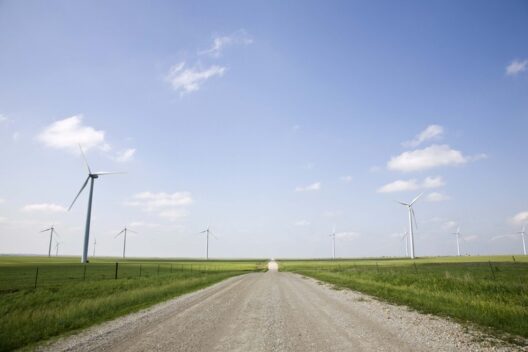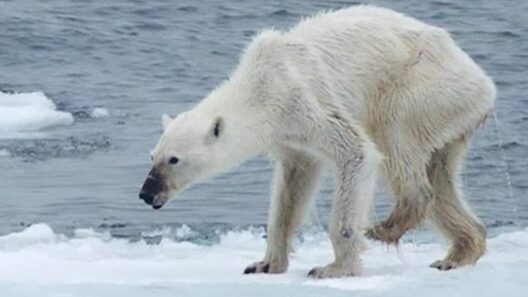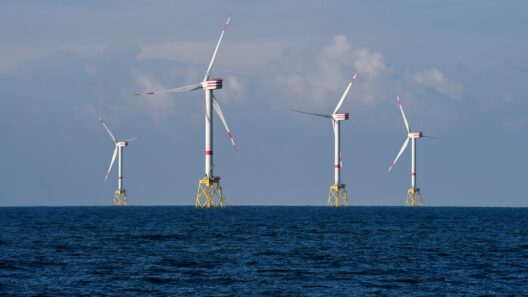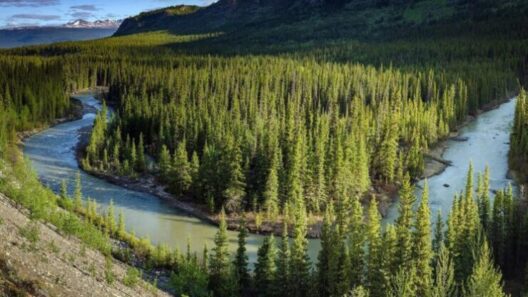As climate change continues to progress, the effects of global warming manifest in myriad ways, some more evident than others. One of the unexpected regions that stands at the forefront of these transformations is Siberia, a vast expanse often characterized by its frigid temperatures and frozen landscapes. But could there be an unexpected silver lining to the warming of this traditionally inhospitable zone? This inquiry leads us to ponder: How could Siberia benefit from global warming?
First and foremost, let’s consider the agricultural implications of rising temperatures in Siberia. The harsh tundra, which once posed formidable challenges for farming, may witness a blossoming of arable land. Increased warmth could extend the growing season, allowing for the cultivation of crops that previously couldn’t withstand the punishing cold. This shift could introduce a plethora of new agricultural activities in the region, from the cultivation of staple grains to the local production of fruits and vegetables. As soil temperatures rise, its chemistry may transform favorably, enhancing its fertility and viability for agriculture.
Moreover, the permafrost thawing presents an intriguing paradox. While it releases carbon dioxide and methane—a greenhouse gas—this thawing could also unveil vast reserves of natural resources. Siberia is rich in minerals, fossil fuels, and other vital resources that could be harnessed more effectively as the ice retreats. Companies may be drawn to these opportunities, potentially spurring local economic development. However, this allure of economic growth brings a challenge: how to balance extraction with environmental conservation.
The warming climate may also lead to enhanced biodiversity in Siberia. With changing temperatures, species that once struggled to survive in this harsh climate may find solace in a more temperate environment. Consequently, new flora and fauna could flourish, leading to an ecological renaissance. This diversification can strengthen ecosystems, making them more resilient. It’s fascinating to think about how an ecosystem, once deemed too extreme for diversity, might flourish as the climate warms.
Conversely, the region’s indigenous populations may experience a blend of advancements and disruptions. The warmer climate may yield more favorable conditions for traditional hunting and fishing practices, thus supporting local food systems. Additionally, improved access to natural resources could bolster economic activities like tourism. However, there exists an inherent challenge—adapting to the sociocultural shifts that accompany these environmental changes. Will these communities be able to maintain their way of life while embracing the benefits that come with warming?
On a broader scale, the influence of Siberia’s warming could resonate globally. The Arctic region, including Siberia, acts as a climate regulator, its ice cap reflecting sunlight and keeping global temperatures in check. A decrease in ice cover could potentially alter weather patterns worldwide, affecting agricultural yields and ecosystems far beyond Siberia’s borders. This raises a poignant question: can the immediate benefits to Siberia justify the potential global ramifications?
Furthermore, Siberia’s expanding infrastructure may lead to improved connectivity within Russia. The development of roads, railways, and other transportation networks pregnant with economic prospects may foster regional trade. A more accessible Siberia could facilitate the movement of goods and services, integrating it further into the global economy. But, as infrastructure develops, the challenge of maintaining environmental integrity looms large. Balancing economic growth with ecological preservation remains a headline concern.
As Siberia warms, the reality of climate change becomes ever more palpable. Citizens and policymakers will need to weigh the immediate benefits against the long-term sustainability of ecosystems. Urban centers may become increasingly attractive as climate refugees emerge from other regions, creating a demographic shift that could reshape Siberia’s social landscape.
Another aspect to ponder is the psychological and cultural impact of an evolving Siberia. While many may celebrate warmer winters, others may miss the stark beauty and cultural heritage tied to the snowy landscapes. There exists a nostalgia for traditional ways of life that may not easily adapt to a warming world. How do people reconcile their identity with a landscape that undergoes drastic transformation?
Equally pertinent is the possibility of a burgeoning tourism industry. Warmer temperatures could attract adventure seekers and environmental tourists aiming to explore Siberia’s natural wonders. This boost could empower local economies. Nevertheless, the implications of increased human activity in fragile ecosystems invite scrutiny. Will the quest for exploration exacerbate the very problems induced by climate change, or can it harmonize with conservation efforts to protect Siberia’s environment?
In sum, while the warming of Siberia may yield profound benefits—agricultural expansion, resource access, enhanced biodiversity, and economic growth—it also presents myriad challenges that cannot be easily dismissed. Navigating this complex landscape will require foresight and collaborative action. As we explore these unforeseen effects of climate change, the overarching question remains: can we cultivate potential benefits while safeguarding our planet and its diverse ecosystems for future generations? The dialogue must continue, for the answers will shape not only Siberia’s future but that of the entire world.


